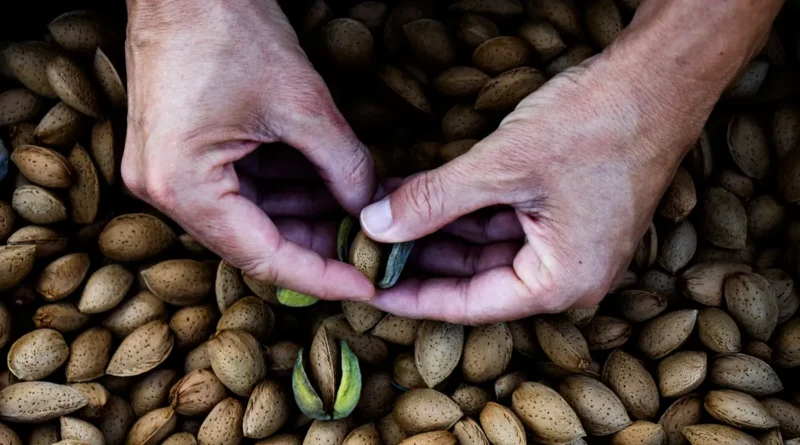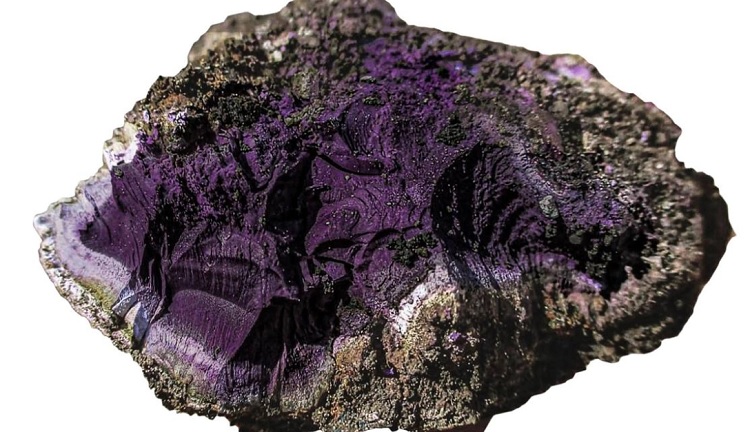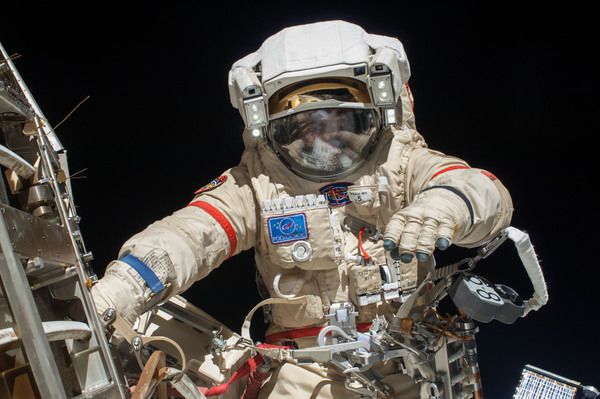Our bodies are full of activity and filled with proteins stuck in fatty membranes or floating in and out of watery cells. For the first time, scientists have captured the dance between the two: a liquid tango in which proteins and fats move as they normally do in cells.
"We're moving beyond single snapshots, which provide structure but not dynamics, to a continuous record of molecules in water in their natural state," says Qian Chen, a materials scientist and engineer at the University of Illinois at Urbana-Champaign (UIUC), who led the team, and describes their work as "shooting a movie".
"We can actually see how the proteins change their configuration and, in this case, how the entire protein-lipid self-assembled structure oscillates over time."
Using a widely used imaging technique called transmission electron microscopy, Chen's team captured the lively choreography of membrane-bound protein "nanodiscs" in a liquid. These nanodiscs are composed of proteins embedded in a lipid bilayer that resembles the cell membranes in which they are normally found.
The team called their method “electron videography” and checked the video data by comparing it to computer models at the atomic level that show how molecules should move according to the laws of physics.
The movement of membrane-bound proteins was thought to be quite limited, given how lipids hold them in place. However, the researchers saw that the interaction between proteins and lipids occurs at much greater distances than previously thought.
Membrane proteins are the cell's gates, sensors and signal receivers, so this method could lead to huge advances in our understanding of how they work.
With existing methods, proteins are usually frozen or crystallized so that they don't move and blur the image, or get damaged by the X-ray or electron beams used to image them. This gives a lifeless picture of a static protein that normally folds and bends, and scientists have to make inferences about how it interacts with other molecules based on its structure.
In addition, some imaging techniques use fluorescent molecular labels to track molecules in motion, rather than observing the protein directly.
In this case, the researchers placed a drop of water in a cage of two thin sheets of graphene to protect it from the vacuum of the electron microscope. Suspended in a drop of water were nanodiscs of unlabeled proteins and lipids, which the team watched as they "danced" together, just like in their natural aquatic environment.
Materials scientists have been trying to capture the activity of biological molecules in liquids for at least a decade, but they have not been able to clearly observe the continuous dynamics of proteins.
By slightly modifying their approach, Chen and his colleagues obtained real-time images of protein-lipid assemblies within minutes rather than microseconds. Importantly, they slowed the rate of electron penetration into the sample and worked on a graphene scaffold to successfully film the protein-lipid complex in action.
"Right now, this is really the only experimental way to film this kind of motion over time," says UIUC materials science graduate student John Smith, first author of the paper.
"Life is in liquid, and it is in motion. We are trying to find out the smallest details of this connection experimentally."
As for other efforts, advanced imaging techniques are revealing incredible details about all kinds of microscopic events, from watching how the outer shell of a virus forms to capturing the momentary clumping of proteins in diseases like Alzheimer's.
Add to that artificial intelligence to predict the three-dimensional shape of almost every protein known to science, and it certainly seems like a new era of biological research has arrived.


 332
332












